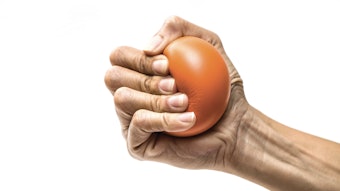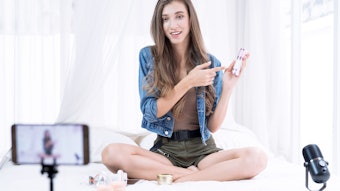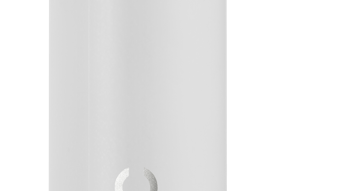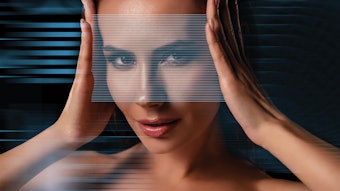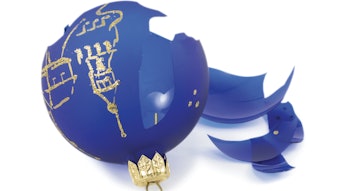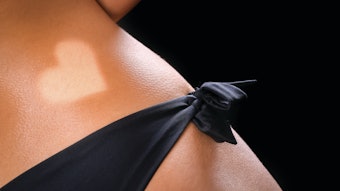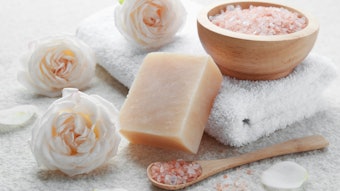
K-beauty has been a hot source of skin care trends for some time now, leading the charge for trends such as glass skin, snail mucin, BB cream and much more. Recently, a new trend has emerged from K-beauty--Korean sunscreen. Matter of fact, in late 2025, Spate found searches for Korean sunscreen up 49.2%, compared to the 54.2% increase in searches for snail mucin. This led us to want to know more.
Sunscreen Regulations Differ
In the United States, the U.S. Food and Drug Administration (FDA) has oversight over sunscreens, which it regulates as drugs. Conversely, the Ministry of Food & Drug Safety in Korea regulates sunscreens as functional cosmetics. This may not seem like a big deal, but it is. Not only does it make the road to U.V. filter approval more difficult in the United States, but it restricts U.S. manufacturers from innovating with new UV filters until they are approved.
U.S. manufacturers are required to do more testing and submit more documentation than other parts of the world, including Korea. As such, it is more difficult to get new UV filters approved. There have not been new UV filters introduced in the United States since 1999. To complicate matters, the FDA has requested more data on chemical filters already approved in the United States to continue their approval.
It is important to know the difference between physical and chemical UV filters. While chemical absorb UV light and scatter it, physical filters (titanium dioxide and zinc oxide) deflect the light.
All of this being said, Korean sunscreens have more UV filter options to work with and therefore can achieve for formulation innovation.
Feel and Appearance
The biggest difference in Korean and American sunscreens are their look and feel, according to their users. Users claim that Korean sunscreens are more lightweight, less greasy, and there is less of a white cast.
Like many K-beauty formulations, the sunscreens in Korea are lightweight. They are designed for frequent application, so they do not need to be as thick. They are said to absorb easily and have an elegant feel.
With a higher demand for physical sunscreen use in the U.S., many formulations are thicker and leave a whiter cast. This has led to more manufacturers to work with smaller particle sizes of minerals to reduce white cast and increase absorption. However, users of Korean sunscreen say their formulations are still more elegant.
Buyer Beware
Before you jump online to buy some Korean sunscreen, you may want to take pause. Very few retailers in the U.S. sell Korean sunscreen because many of these formulations are not yet approved in the U.S. or contain filters not approved in the U.S.
Although you can buy some of these formulations on sites such as Amazon, we know all to well that you then run the risk of purchasing a counterfeit or expired products.
